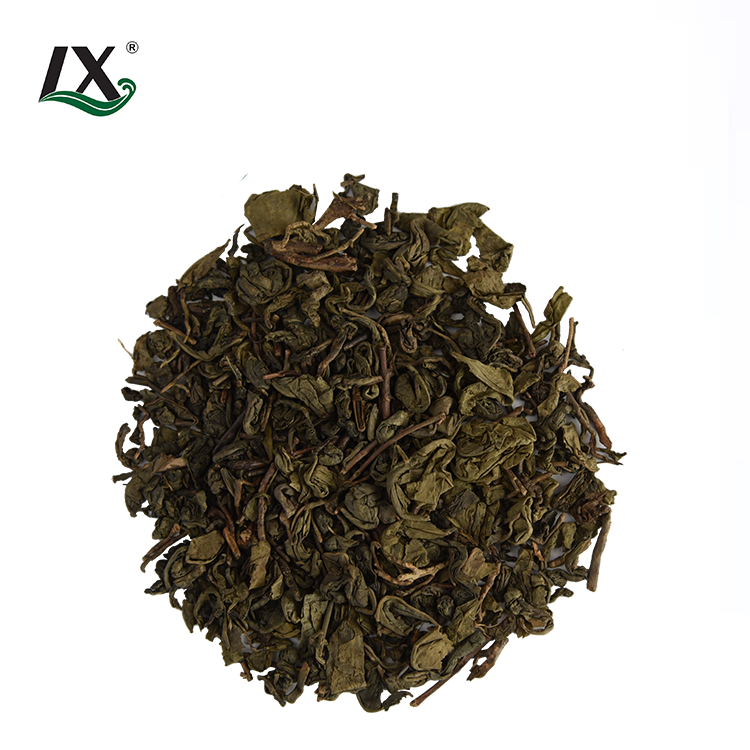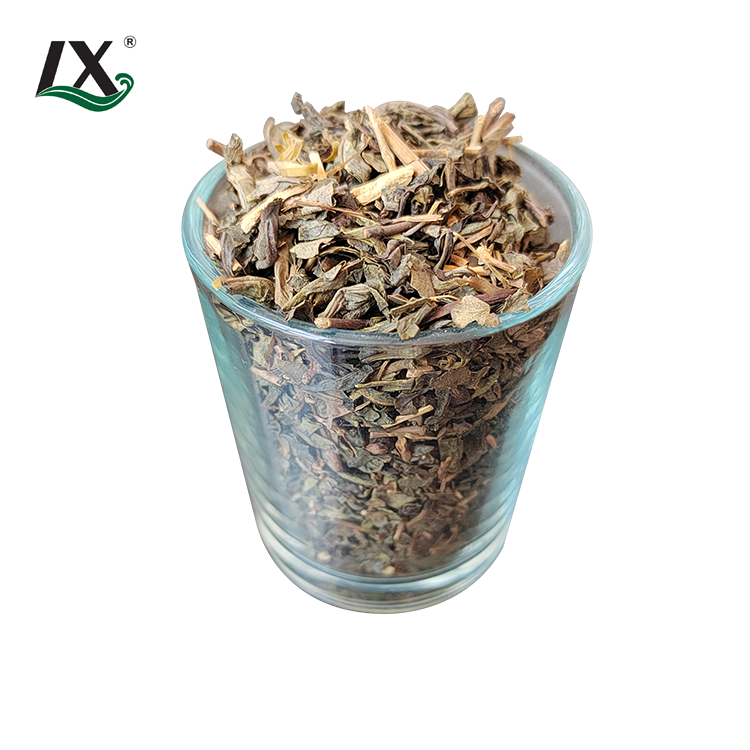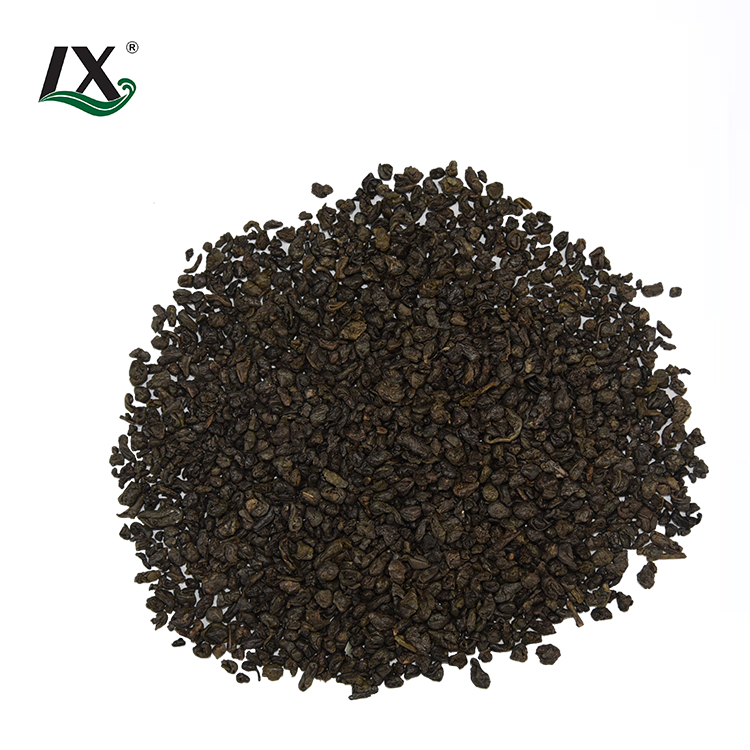How China Tea Exports Shape Global Tea Culture and Consumption
Tea is not merely a beverage; it is an integral part of the cultural fabric of numerous societies around the world. From morning rituals to evening relaxation, tea plays a pivotal role in the daily lives of millions. Among the most influential players in the global tea market is China, the world’s largest producer and exporter of tea. China tea exports have profoundly shaped global tea culture and consumption patterns, influencing everything from the types of tea available worldwide to the rituals surrounding tea drinking.
In this blog, we will explore how China tea exports have contributed to the global spread of tea, the evolution of tea consumption habits, and the growing appreciation for Chinese tea varieties in the international market.
The Significance of China in Global Tea Production
As a leading wholesale tea supplier, China plays a crucial role in meeting the growing global demand for diverse and high-quality tea varieties, ensuring that markets around the world have access to the finest leaves at competitive prices. Before delving into how China’s tea exports have influenced global tea culture, it is important to understand the scale of China’s tea production. As of recent reports, China accounts for over 30% of the world’s total tea production, which is more than any other country. This includes a vast array of tea varieties, from green and black to oolong, white, and pu-erh tea. China's diversity in tea offerings and its long history of tea cultivation make it the central hub of the global tea trade.
The sheer scale of China tea exports has allowed the country to maintain a dominant presence in the international tea market. Every year, millions of kilograms of Chinese tea are shipped worldwide, making it a key player in shaping tea culture across continents.

How China Tea Exports Have Shaped Global Tea Culture
The influence of China tea exports on global tea culture can be seen in multiple ways, from the types of tea consumed to the evolution of tea rituals around the world.
1. The Globalization of Chinese Tea Varieties
One of the most significant contributions of China tea exports to global tea culture is the introduction of Chinese tea varieties to international markets. Different types of Chinese tea, each with its own unique characteristics, have become staples in tea-loving countries. For instance:
- Green Tea: Perhaps the most well-known Chinese tea, green tea has experienced a surge in popularity globally. Varieties like Longjing (Dragon Well), a pan-fired green tea from Hangzhou, and Matcha, a finely powdered green tea from Zhejiang, have found their place in cafés and kitchens around the world.
- Black Tea: Chinese black tea, known as "hong cha" (red tea in Mandarin), is another major player in global tea exports. The rich and bold flavors of Keemun tea from the Anhui province have made it a favorite in Western markets, particularly in the United Kingdom.
- Oolong Tea: Oolong tea, which is semi-oxidized and falls somewhere between green and black tea, has gained a large following. Famous varieties like Tie Guan Yin and Da Hong Pao have been widely embraced in the United States and Europe.
- Pu-erh Tea: This fermented tea from the Yunnan province of China has captivated the global market with its deep, earthy flavors. Thanks to its potential health benefits and distinct taste, pu-erh tea is increasingly popular among tea connoisseurs.
As these teas make their way across borders, they carry with them not just their flavors but also their cultural significance. In many ways, China tea exports have globalized not only the product but the culture surrounding tea.
2. Introduction of Traditional Chinese Tea Ceremonies
China’s tea culture is ancient and rooted in rich tradition. Through China tea exports, various traditional tea ceremonies and rituals have spread to the West and beyond. While tea ceremonies are most famously associated with Japan, China has its own version, including the Gong Fu tea ceremony, which involves a precise, slow process of brewing and serving tea. The Gong Fu style of tea-making emphasizes the importance of savoring each step of the process and appreciating the tea's aroma, color, and taste.
This approach has influenced global tea culture, particularly among tea enthusiasts and connoisseurs who value the art of preparation. The rise of tea shops in Western countries that focus on offering a traditional tea experience reflects the growing interest in Chinese tea culture. For many, the China tea export is not just about the tea itself but also the experience and philosophy behind it.
3. Changing Consumption Patterns
Over the years, China tea exports have contributed to the diversification of global tea consumption habits. In countries where tea was once primarily consumed as a black tea beverage, the influx of Chinese green and oolong teas has led to a shift in preferences. This is particularly evident in the growing popularity of green tea in health-conscious markets like the United States and Europe.
In many Asian countries, such as China and Taiwan, tea drinking is a way of life and closely tied to socializing and hospitality. With China tea exports, these cultural values have influenced tea drinking in countries like the UK, where tea has historically been consumed with milk and sugar. Today, many British consumers enjoy pure Chinese teas without additives, appreciating the nuanced flavors.
Similarly, the rise of tea-related products such as bubble tea (originating from Taiwan) has brought a new dimension to global tea culture, blending traditional Chinese tea with modern trends and catering to younger generations worldwide. China tea exports have contributed significantly to this new wave of tea-based beverages.
Economic and Political Influence of China’s Tea Exports
China’s tea industry has not only shaped global tea culture but has also played a vital role in global trade relations. The export of Chinese tea has historically been a significant part of the country's economic landscape. From the Silk Road to modern global trade routes, tea has long been a key export product, bringing China into contact with various cultures and economies.
1. The Belt and Road Initiative (BRI) and Tea Exports
The Chinese government’s Belt and Road Initiative (BRI) has opened up new trade routes, further boosting China tea exports to previously untapped markets. By investing in infrastructure and fostering trade relationships with countries across Asia, Europe, and Africa, China is expanding its reach and strengthening its position in the global tea market. This economic diplomacy through tea exports has allowed China to establish itself as a cultural and economic powerhouse, especially in the growing tea markets of the Middle East and Africa.
2. Impact on Tea Prices and Supply Chain
The expansion of China tea exports has also had a direct impact on the pricing and availability of tea on the global market. With China being the largest exporter of tea, fluctuations in Chinese tea production can affect global tea prices. Additionally, the vast network of tea suppliers and distributors has allowed Chinese tea to be more widely accessible than ever before, ensuring its availability in almost every corner of the world.
As China continues to innovate in tea production and expand its market reach, it further strengthens its influence on global supply chains, ensuring that the world has access to premium quality teas at competitive prices.

Health and Wellness: The Global Tea Movement
The health benefits of tea, particularly those found in Chinese tea varieties, have also contributed to the growing global consumption of tea. For centuries, Chinese teas have been used for medicinal purposes, with green tea and oolong tea in particular being celebrated for their antioxidant properties, metabolism-boosting effects, and potential to improve mental clarity.
With the increasing global focus on health and wellness, more consumers are turning to China tea exports for their reputed health benefits. The rise of organic and wellness-focused teas has further cemented China’s place as a key exporter of not just a beverage but a lifestyle choice. In particular, the global awareness of green tea’s health benefits, thanks to China tea exports, has led to an increase in demand for high-quality Chinese teas.
Conclusion: A Global Tea Legacy Shaped by China
From its historical roots in ancient China to its current position as the largest tea exporter, China tea exports have undoubtedly shaped global tea culture and consumption patterns. Chinese teas are not merely commodities; they are cultural ambassadors, bringing with them stories of ancient traditions, unique brewing techniques, and rich flavors. The diverse varieties, ceremonial aspects, and health benefits of Chinese tea continue to captivate and influence tea drinkers worldwide.
As China tea exports continue to evolve, we can expect even more innovations in tea consumption and culture. Whether it's the introduction of new tea blends, modern brewing methods, or the continued spread of traditional tea rituals, China’s role in the global tea landscape remains undeniable. The legacy of China’s tea exports is one that will continue to shape the future of global tea culture for generations to come.

















